Administration’s budget request indicates a continued appetite for major cuts to conservation, but Congress can choose to ignore the president’s recommendations
President Trump’s budget request for fiscal year 2020 includes deep cuts at the agencies that carry out conservation in America. Sportsmen and women are now looking to Congress to lead on the conservation of fish and wildlife habitat and investments in public lands access, water and soil quality, and the $887-billion outdoor recreation economy in the U.S.
“Even after conservation’s share of the federal budget has been slashed in half over the past 30 years, this proposal further handcuffs the agencies that are responsible for public land access, clean water, and healthy wildlife,” says Whit Fosburgh, president and CEO of the Theodore Roosevelt Conservation Partnership. “Congress has indicated that the health of our fish and wildlife populations, habitat, and outdoor recreation economy is a bipartisan issue and has reliable champions. We hope to see continued leadership in the House and Senate to ensure that investments in conservation are in keeping with the value of the American natural resources that are the envy of the world.”
The 150-page proposal recommends a 14-percent cut at the U.S. Department of the Interior and 31 percent less funding for the Environmental Protection Agency compared to Fiscal Year 2019. A $9-billion cut to U.S. Department of Agriculture conservation programs would come just months after Congress provided full funding for these critical programs in the 2018 Farm Bill. And the Army Corps of Engineers would take a 31-percent hit as flooding returns early to hard-hit areas.
The funding ask for the popular Land and Water Conservation Fund is down to a fraction of its $900-million potential, despite having bipartisan support in Congress, and many line item reductions are at odds with administration priorities, like conserving migration corridors and enhancing hunting and fishing access.
One bright spot is a $21.5-million boost for the National Wildlife Refuge System. Its total funding of $509.5 million is dedicated to supporting more hunting and fishing opportunities than in years past, after a series of orders from this administration. If appropriated, this would be the highest funding level ever for the Refuge System.
It is important to note that the president’s budget is only a set of recommendations, and Congress has largely ignored cuts suggested in the president’s past two proposals. Government funding is slated to run out September 30, and Congress must pass appropriations legislation by that time to avoid another costly government shutdown.
Here’s how the president’s budget would affect fish, wildlife, sportsmen’s access, and the outdoor recreation economy.
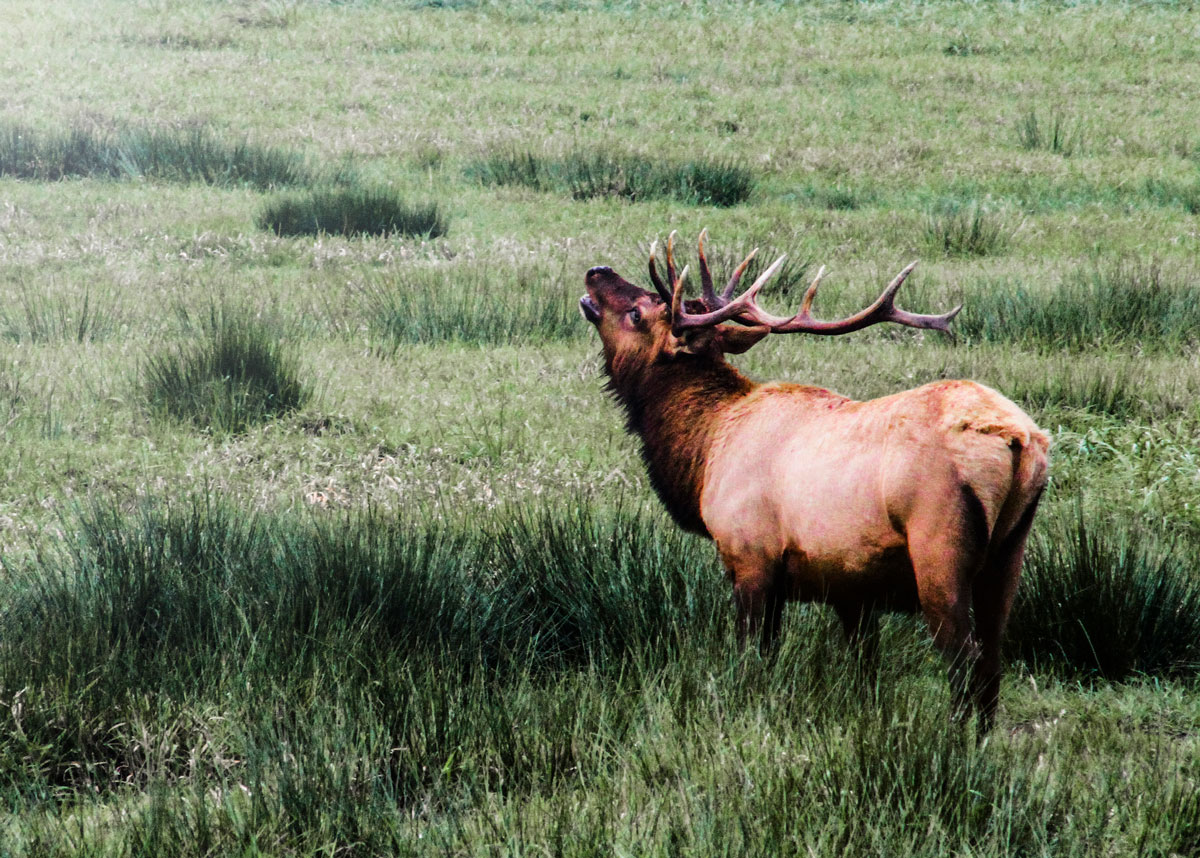
Public Lands in Sportsmen’s Country
The Department of the Interior would see proposed cuts of $2 billion, or 14 percent, from the FY19 appropriated funding levels. Though the president’s budget acknowledges the need to allocate $300 million in additional wildfire suppression funds, severe cuts to critical fish and wildlife programs are a no-go for sportsmen and women.
The Bureau of Land Management is charged with managing 245 million acres—more than any other federal agency—and yet it is slated for an 11-percent cut, which would only make it more difficult for the BLM to do its job.
Sportsmen and women are among the first to be affected by a growing maintenance backlog on our public lands and infrastructure in dire need of repair. The budget’s proposed creation of a Public Lands Infrastructure fund using offshore and onshore energy revenues is a compelling solution to this problem, however the funds being put into this new maintenance account have been stripped away from the Land and Water Conservation Fund in this proposal.
Though conservationists support whittling down the maintenance backlog to accomplish better proactive conservation, it cannot be at the expense of this critically important program—the promise of LWCF must be fulfilled as well.
Hunting and Fishing Access
The TRCP has encouraged Congress to appropriate $900 million for the Land and Water Conservation Fund, which was permanently reauthorized in the recent public lands package without any guarantee for funding. This total includes 40 percent or $360 million for federal agencies, $27 million of which should be made available for establishing recreational access, in particular.
But the president’s budget includes just $7.5 million for land acquisition, and not a single penny of that would go to the Forest Service. Elimination of land-acquisition funds at the Forest Service would hamper the administration’s ability to open and expand access to public lands, including the nearly 400K acres of landlocked public lands that the Forest Service oversees.
Given that 93 percent of the West’s 9.52 million acres of landlocked public lands are administered by the BLM, the agency carries some of the greatest land acquisition needs. But not only is there no budget for the BLM to strategically acquire lands, the Trump proposal would rescind $10 million from funds already appropriated for FY19. See TRCP’s report with onX that outlines total landlocked acres by agency.
The president’s budget also seeks to cut $9 billion from the USDA’s voluntary conservation programs for private lands, just months after Congress passed a 2018 Farm Bill that strongly supported investments in habitat and walk-in access.
The TRCP opposes these proposed cuts and urges Congress to provide full funding for these important programs during the appropriations process.
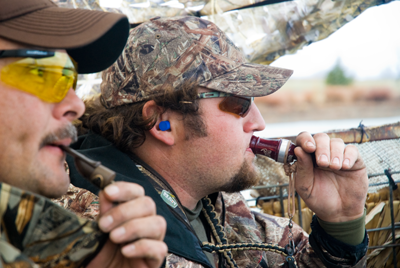
Not Even a Wash for Wetlands
The U.S. Fish and Wildlife Service, the agency that manages national wildlife refuges, protects endangered species, manages waterfowl and other migratory birds, and enforces federal wildlife laws, would see a $267-million overall budget cut—that’s 16 percent less than FY19 funding levels. However, a $21.5-million increase for the National Wildlife Refuge System could help address ongoing maintenance shortfalls as refuges expand hunting and fishing opportunities.
There was also a suggested 7-percent cut to North American Wetlands Conservation Act funds, which go toward wetland restoration projects around the nation. Because every federal dollar is matched as many as three times over by non-federal dollars, cuts to grant programs like NAWCA have an outsized negative impact on the ground.
Water Safeguards
The president’s budget proposes a 31-percent overall cut for the EPA, with deep slices into restoration programs in the Chesapeake Bay and Great Lakes. Both regional programs would be knocked down to just 10 percent of what they received in FY19, further jeopardizing clean water and fish habitat in watersheds that already face steep challenges. Every other geographic program at EPA—including one in the Puget Sound that helps build fish passages, increase salmon habitat, and protect shorelines—would be eliminated under this budget proposal.
The proposal zeroes out a grant program the states administer to control runoff carrying pollutants like fertilizer, sediment, and chemicals to our rivers and streams. This means that while the EPA is rolling back Clean Water Act protections for wetlands and streams that are being polluted directly, it would be providing states with fewer resources to address pollution from nonpoint sources, as well. The narrative for this section of the budget proposal explicitly touts how the rollback of Clean Water Act protections will streamline permitting, since fewer polluting activities will need permits.
Trump’s proposal also includes a 70-percent cut to WaterSMART Grants, the Bureau of Reclamation’s premier program for funding activities that conserve and recycle water in the West while also benefiting fish and wildlife habitat.
And from too little water to too much: There would be a 31-percent cut to Army Corps of Engineers funding, which is disappointing at a time when flooding has begun earlier than expected throughout the Mississippi River Basin, Tennessee River Valley, and in other major watersheds. Waterway management, natural infrastructure, and coastal habitat restoration couldn’t be more critical.
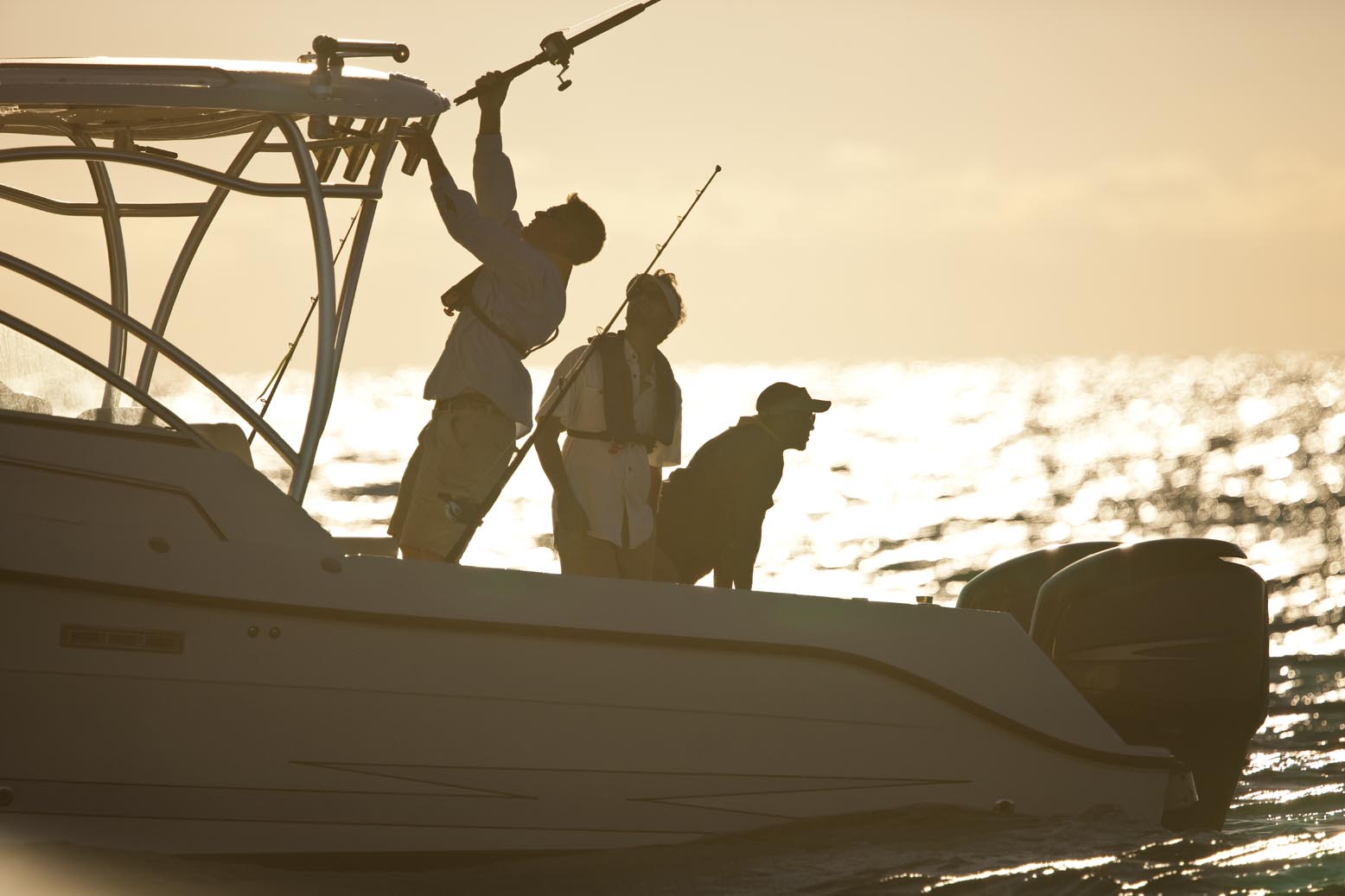
Recreational Fishing and Our Coasts
There is no additional money in this budget for Everglades restoration, which is critical to the future of coastal estuaries and fisheries in South Florida. And the budget proposal eliminates the Pacific Coast Salmon Recovery Fund, which has helped to stabilize and improve the condition of salmon and steelhead stocks from California to Alaska.
However, there is a positive provision for water management and wetland restoration projects that could benefit recreational fishing and habitat. Trump’s proposal would allow local sponsors to use federal dollars to build water management projects and rebuild wetlands without being mired in bureaucracy at the Army Corps of Engineers.
The proposal also suggests reforms to the Inland Waterways Trust Fund to help invest in improvements. In places like the Gulf Intracoastal Waterway and other man-made canals, the inability of the Corps to properly maintain the canal banks or dredge has led to wetland destruction, saltwater intrusion, and loss of recreational access. Receiving additional funding would help better maintain these waterways.
The Takeaway
Because Congress still holds the power of the pursestrings, the TRCP will continue to send the message to lawmakers that we will not stand for an endless chipping away at conservation funding. If you want to get involved, sign up for our updates here.
Official White House Photo by Shealah Craighead

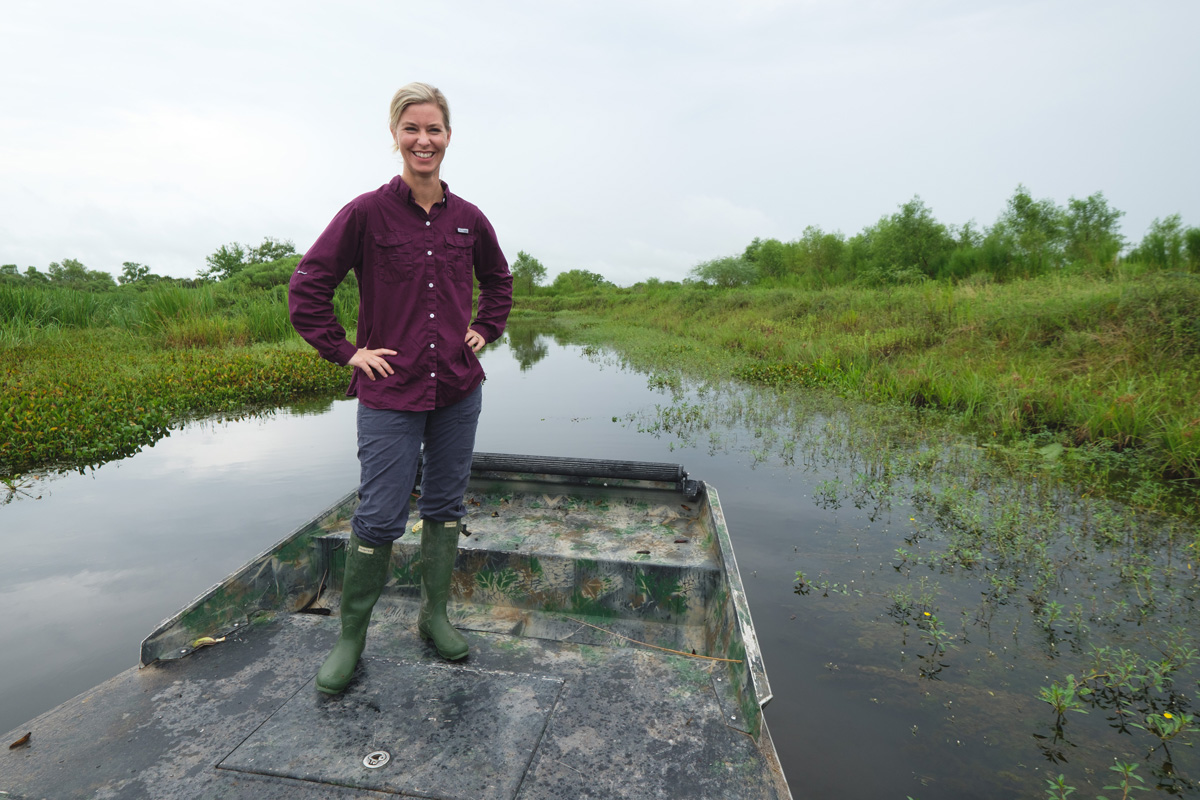
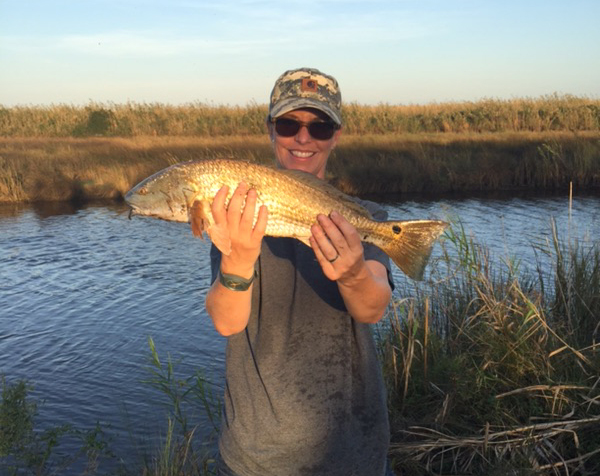
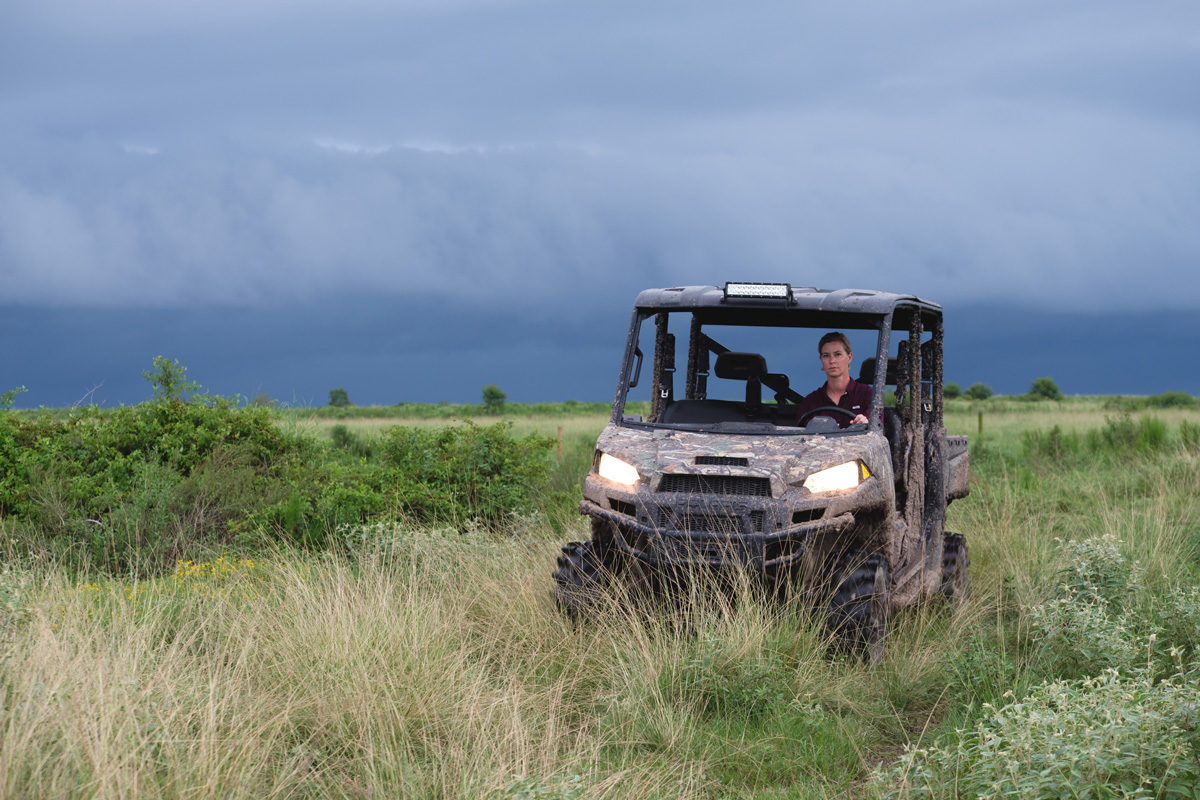
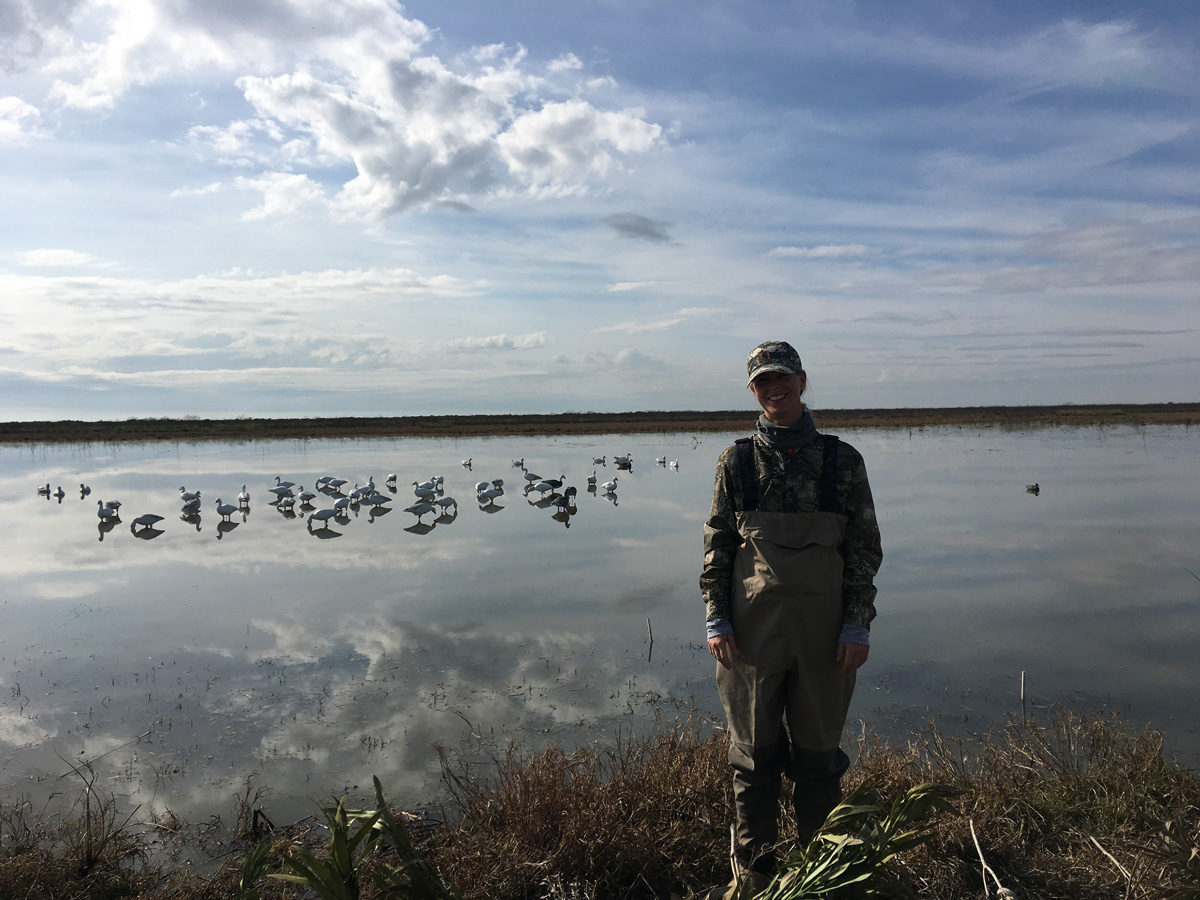
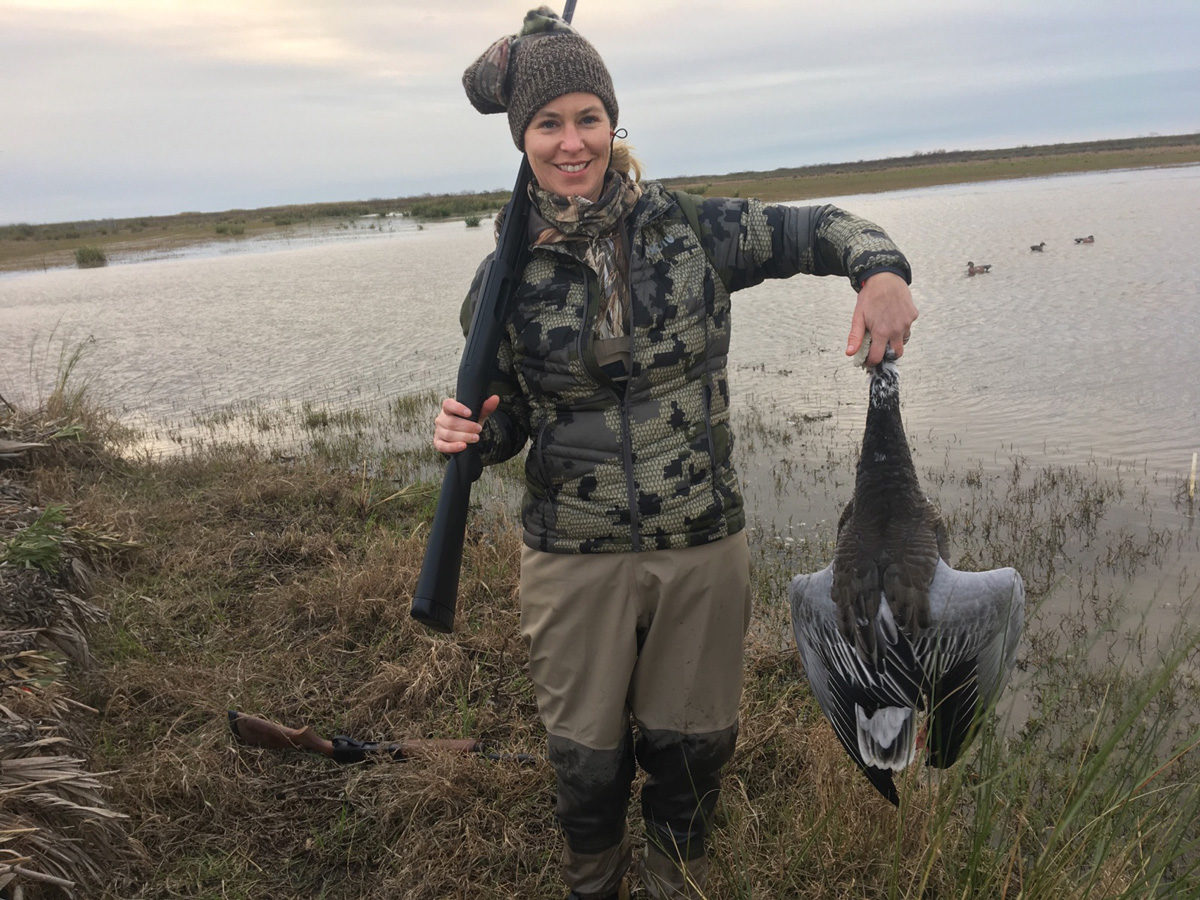
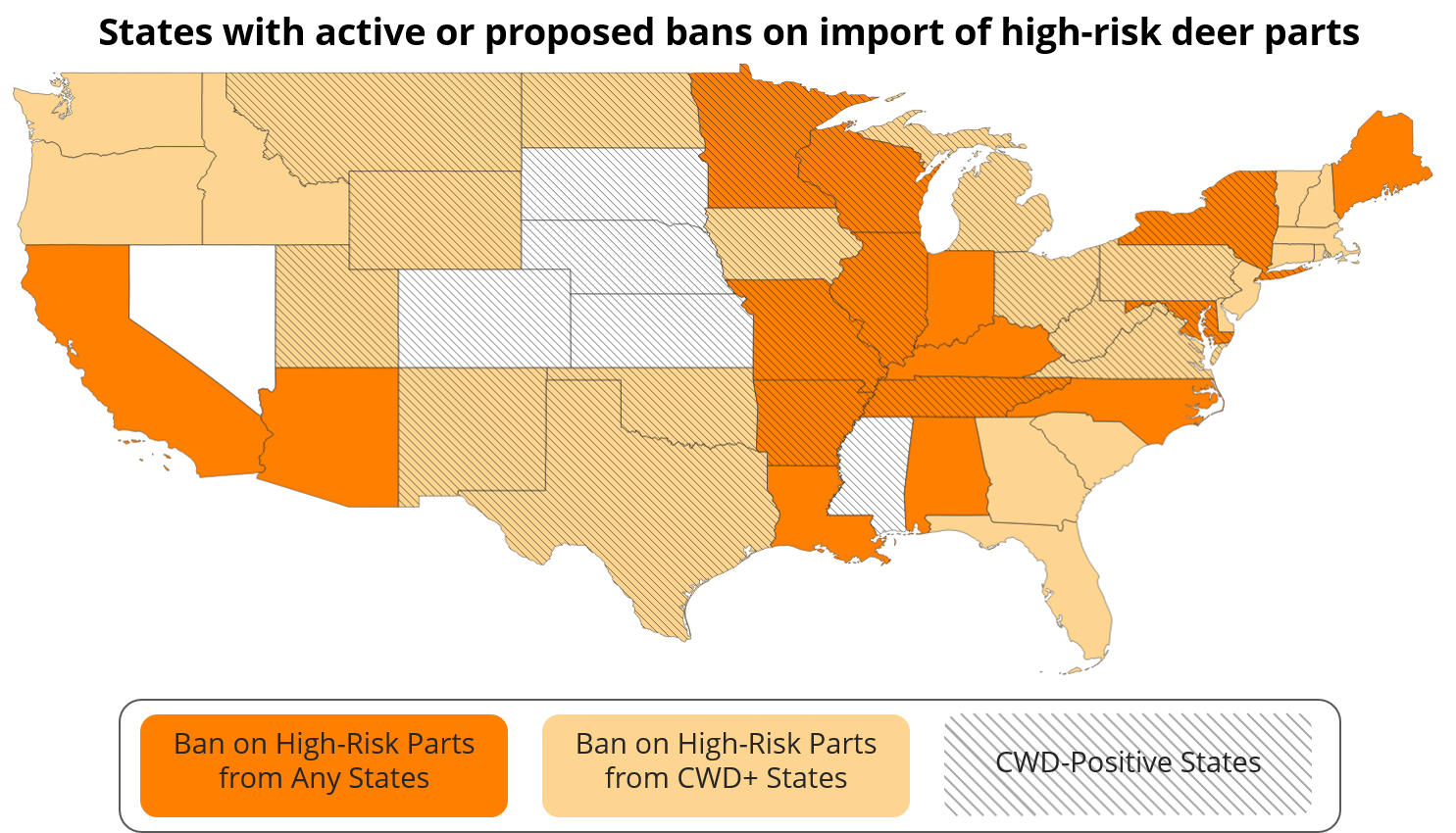
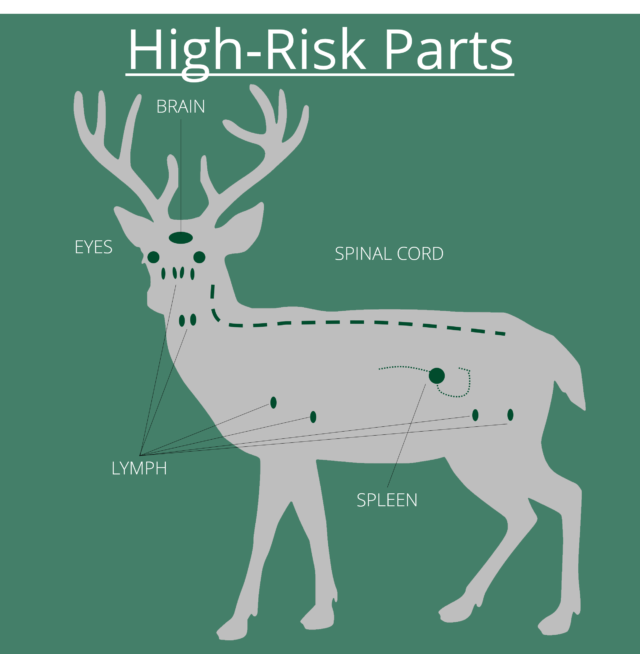
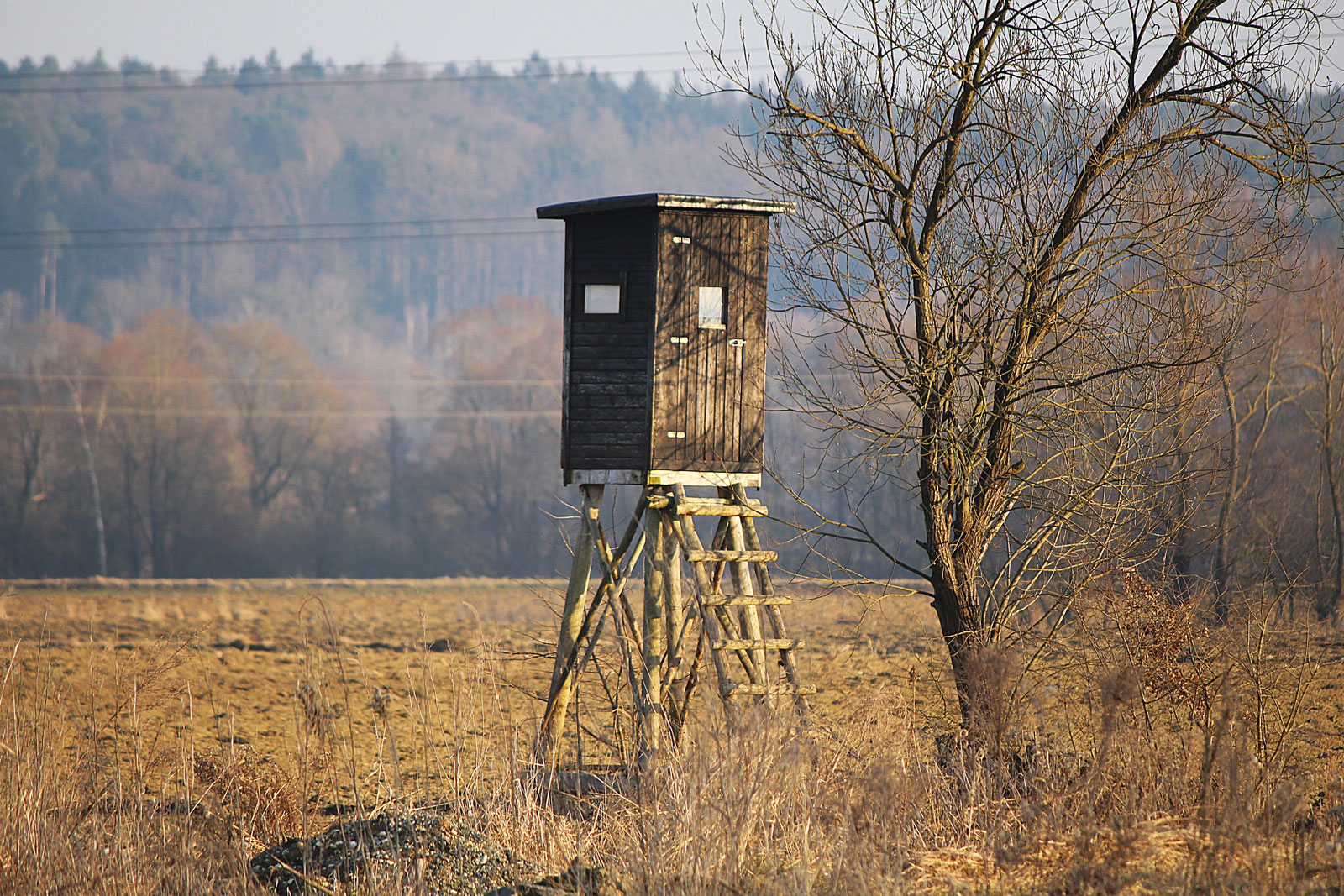




Don’t let it happen clean Waters too important to us
Trump is an illegitament Russian elected president. His administration is unqualified. They are totally antienvironment.
I agree totally with Alan Harper. Trump has no business in the office of President. He is setting our country back decades and is ruining the environment, giving the green light to let species go extinct, and has managed to make our country both hated and a laughingstock!!
Everyone wants debt reduction until it’s my program. Mention cuts to sS and mediocre and watch seniors scream. BLM charges nothing for access and neither does Forest service. It’s time to kick in and not depend on the government
I’ve worked for Federal Public (Citizen) Land Agencies for over thirty years Secretary Of Interior(SOI) James Watt was terrible but the current resource extractor lobbyist Trump has placed in Fedral Land Agencies is a Bloody Nightmare!!!
Every American needs to stand up for our natural resources. This administration will not. Their focus is on exploiting our resources.
TR would surely not be impressed with a President who is clueless about Conservation and a Congress that has no concept of leadership to do what must be done to protect our natural resources for our children and grandchildren.
Historically, budget proposals via the white house are largely ignored by both the house and senate, if we could only ignore this president. He’ll never accept or comprehend the how, and the what natural resources mean to the American people-and our economy. He sees them as only “in the way” of progress and conversion to something manipulated for the better. Hence, the real-estate developer in him.
Every persn who cares about conservation in America MUST step up and step up NOW. Especially of your Senator(s) and/or Representative is/are Republicans. Too many have ridiculously low League of Conservation Voters scores; too many are beholden to mining, fossil fuel, big ag and other interests that are anathema to wildlife & habitat conservation; too many are overly beholden to the President’s agenda; and far too many have simply discarded TR’s legacy. The Dems will pretty much always vote FOR conservation funding. We gotta make sure more of those in the GOP get back to their roots. Let them hear from you today!